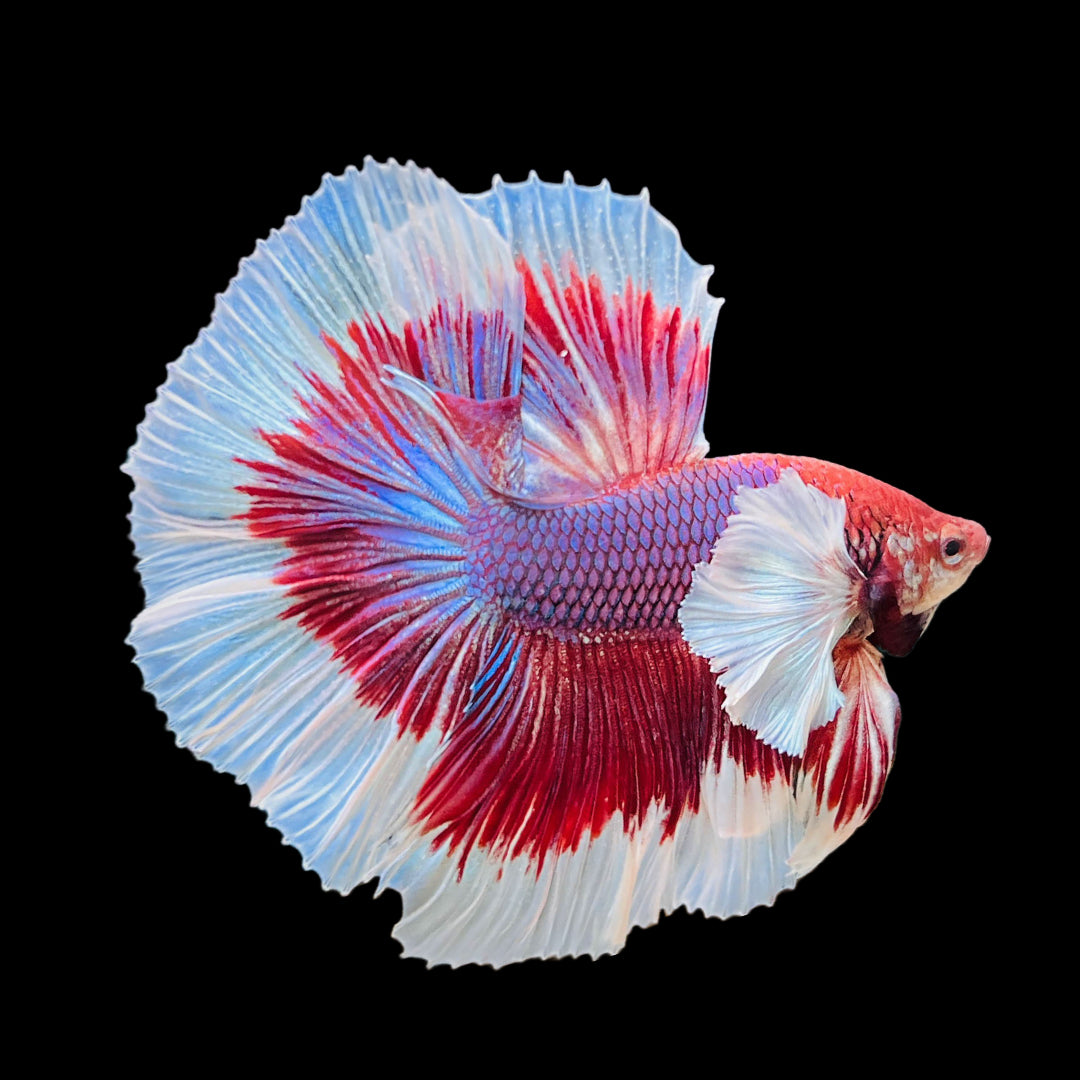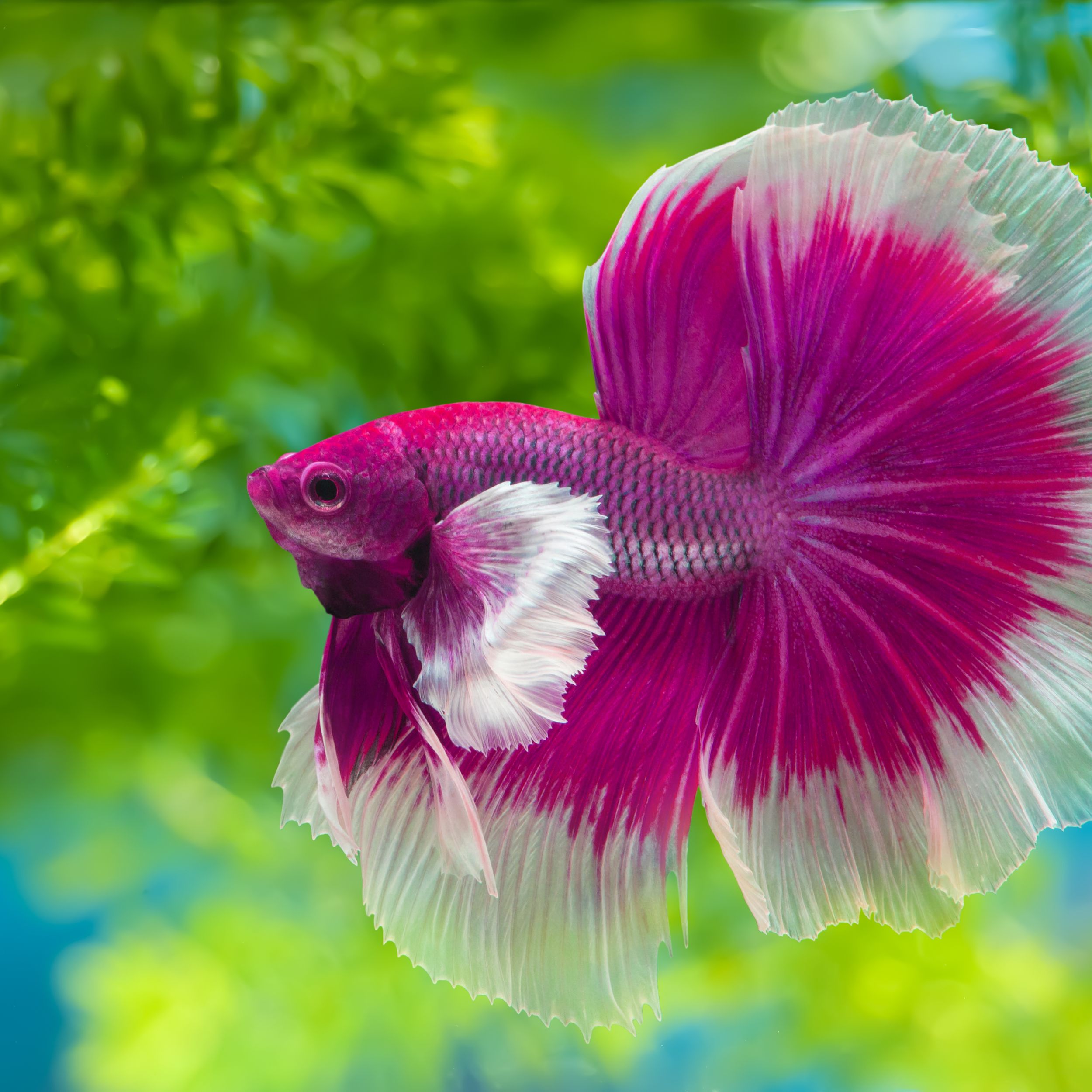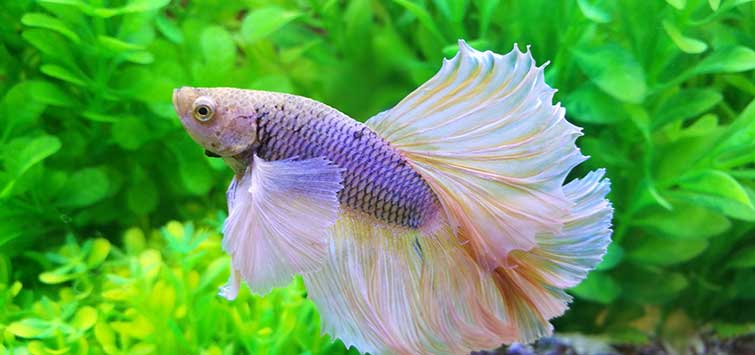Reproducing Betta Fish: a Comprehensive Step-By-Step Guide to Effectively Raising Child Bettas From Eggs to Their Adult Years
Breeding Betta fish is a careful undertaking that requires cautious preparation and execution to make sure the effective development of fry from eggs to develop fish. Selecting genetically varied breeding pairs with preferable characteristics is only the start; developing an optimal atmosphere and recognizing the intricacies of the breeding procedure are just as important. As the male Betta faithfully constructs a bubble nest and guards the precious eggs, the subsequent phases of care and shift need attention to information and knowledge of finest techniques. How does one browse the challenging yet gratifying course of supporting these lively creatures to adulthood?

Selecting Reproduction Pairs
When beginning on the journey of reproducing Betta fish, choosing the best reproduction pairs is essential to achieving preferable characteristics and a healthy and balanced family tree - betta fish. The first action in this process is to identify the specific attributes you want to improve or preserve, such as shade, fin type, and physique. It is necessary to choose genetically varied pairs to stay clear of inbreeding, which can cause health concerns and unfavorable characteristics
Examine potential reproducing candidates meticulously. A healthy male Betta ought to exhibit vibrant colors, an energetic temperament, and well-formed fins, while the lady should likewise display lively pigmentation and a rounded tummy, showing readiness for spawning. Observing the character of both fish is essential, as aggressive or excessively reluctant people may not reproduce efficiently.
Maintaining documents of the parent fish's origins can aid you track hereditary traits and potential problems. Eventually, spending time in the selection process will dramatically enhance the chance of creating solid, dynamic spawn that meet your breeding objectives.

Preparing the Reproduction Container
Developing an optimum reproduction atmosphere is an essential step after selecting ideal sets for Betta fish. The reproduction storage tank need to be especially designed to give comfort and boost the natural reproduction habits of the fish. Start with a container dimension of at least 10 gallons to ensure appropriate area for both the male and women Bettas.
Preserve a gentle purification system to maintain the water clean while preventing strong currents that can emphasize the fish. In addition, an air rock can be contributed to supply oxygenation without interfering with the water surface way too much.
Temperature policy is critical; go for a steady array of 78-82 ° F(25-28 ° C) using a reputable heating unit. The pH degree must be kept between 6.5 and 7.5, and normal water changes are needed to read make sure high water top quality.
Include floating plants or spawning sponges to create hiding areas for the lady, while also encouraging bubble nest building by the man - betta fish. Ensure the storage tank is cost-free from sharp designs and any kind of potential risks, as the welfare of the fish ought to constantly be prioritized throughout this critical stage of breeding.
The Reproduction Process
Generally, the reproducing process for Betta fish entails a series of distinct and visible actions that Web Site suggest readiness for recreation. The male Betta begins by developing a bubble nest at the water's surface, which acts as a website for the fed eggs. This nest is essential, as it gives a risk-free environment for the eggs up until they hatch.
As soon as the nest is developed, the man will show courtship habits, such as flaring his fins and showing lively colors to bring in the woman. The lady, upon sensing the male's readiness, will respond by displaying vertical red stripes along her body, signifying her receptiveness.
The fertilized eggs after that drop to the bubble nest, where the male meticulously gathers and returns them to the nest. Following this, the male presumes obligation for safeguarding the nest and making certain the safety and security of the eggs till they hatch, usually within 24-36 hours.
Caring for Betta Fry
Taking care of Betta fry calls for cautious focus to their environment and nourishment to make certain healthy and balanced development and advancement. After hatching out, Betta fry are incredibly tiny and prone, necessitating a steady and tidy habitat. Preserving a water temperature level between 78 ° F and 80 ° F is essential, as Betta fry grow in warm conditions. Furthermore, ensure that the water is complimentary of hazardous toxic substances; normal water changes of 10-20% are suggested to keep optimal water high quality.
Feeding Betta fry is just as essential. Feed them tiny quantities numerous times a day, being mindful not to overfeed, which can lead to water quality concerns.
Transitioning to Adult Bettas
As Betta fry fully grown, transitioning them to adult Bettas is a critical stage that requires look at here cautious management of their setting and social interactions. This process typically starts when the fry reach around six weeks of age, at which factor they can be gradually presented to an extra organized living environment.
To promote this shift, it is essential to make certain that the water specifications-- such as temperature, pH, and ammonia degrees-- are optimal and secure. Adult Betta fish grow in warm water (around 78-80 ° F) with a pH of 6.5 to 7.5. Gradually acclimate the fry to these problems to reduce stress.
Social communications are one more vital variable; male Bettas are infamously territorial and hostile. It is advisable to separate men right into specific tanks as they develop. Women Bettas can be housed together, however treatment should be taken to check for signs of hostility.
In addition, dietary modifications need to be made as the fry grow. Integrate top quality pellets and live foods to support their development and wellness. By managing these aspects properly, you can advertise a successful shift to the adult years for your Betta fish.

Final Thought
Effective breeding of Betta fish requires careful attention to detail throughout the whole procedure, from picking genetically varied pairs to offering ideal take care of fry. By making sure ideal reproduction conditions and maintaining water quality, the possibility of healthy children enhances substantially. Furthermore, a balanced diet plan and progressive adjustment to grown-up environments are essential for the development and advancement of Betta fish. Complying with these steps faithfully promotes a flourishing populace of Betta fish, improving both their health and vitality.